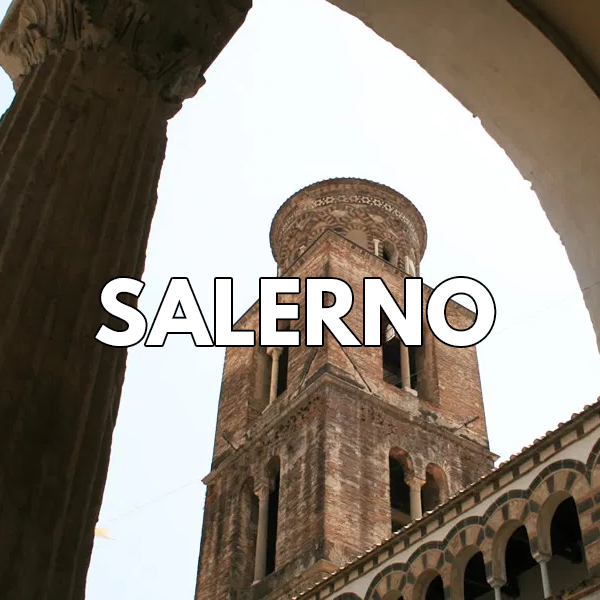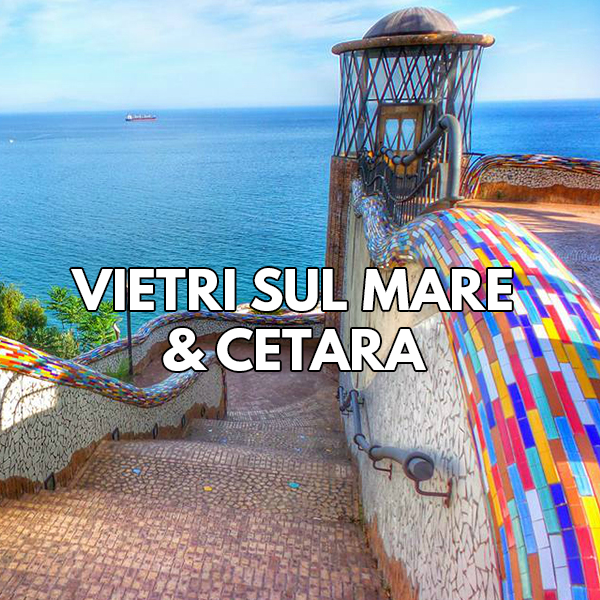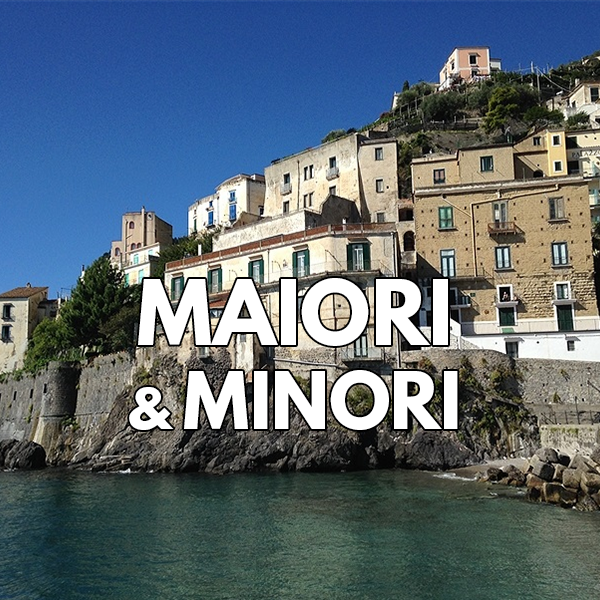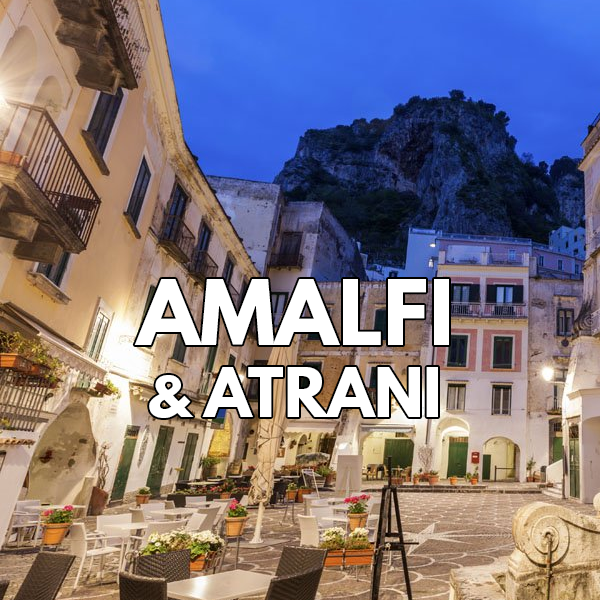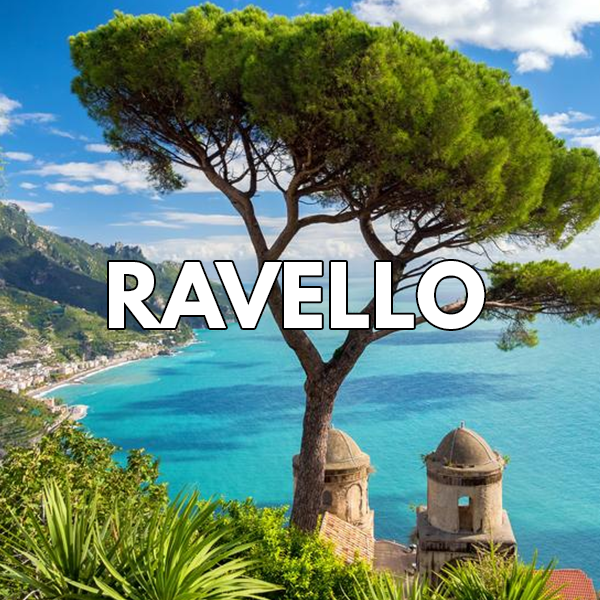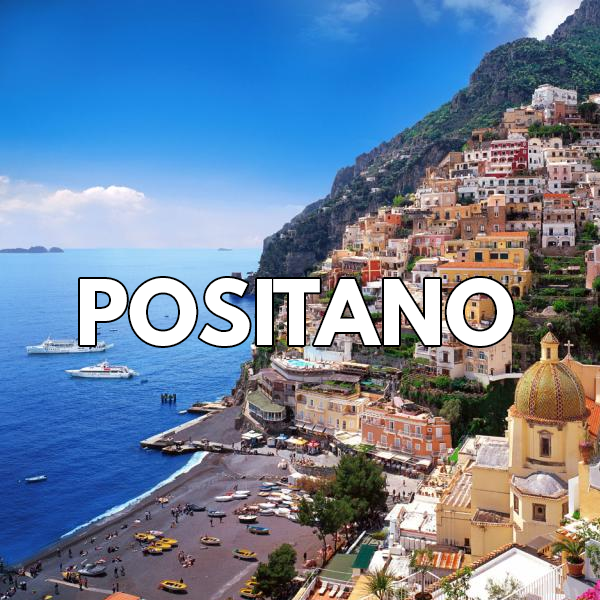Salerno
Joining ring between the Amalfi Coast and the Cilento National Park
The city of Salerno
Salerno is a fascinating synthesis of what the Mediterranean can offer to all those who want to know it more closely.
Close the Amalfi Coast, the city is increasingly proposed as a welcoming community for tourists and visitors from all over the world.
Evocative and extraordinary, in the historical center of Salerno you can see so much the traces of the ancient city history, as much the fervor of artisan shops and places of artistic-cultural and musical aggregation lived by thousands of people.
The recovery of the ancient heart of the city aimed to rediscover the treasures of art and culture of an exceptional land.
Today, through the alleys and squares, churches and palaces, you can read the city’s past, you can perceive an image of the events that have followed one another over time, the testimony of splendor, economic, social and cultural prosperity of past centuries.
There is no precise information on the origins of Salerno. The discoveries found suggest that the area had been inhabited since ancient times. We know that the Greeks brought the crops of flax and wheat, olives and orchards to the vast plain, while the Etruscans, the textile and ceramic and bronze industries.
History of Salerno
Between 197 and 194 BC it became a Roman colony assuming the name of Salernum.
He progressed, enriching his culture and traditions, even during the occupation of the Goths. But it is only with the conquest of the Lombards that it became the most flourishing center of the South.
In 786 Arechi II moved the seat of the Duchy of Benevento to Salerno, to escape the Charlemagne offensive and guarantee control of a strategic area at the center of coastal and internal communications in Campania. The Lombard prince fortified the city, already equipped with the Castle on the Bonadies hill, with walls and towers, and since 839 the new capital was home to a principality and a powerful political center.
Schola Medica Salernitana
With Arechi II, Salerno experienced great splendor becoming a center of studies with the famous Schola Medica Salernitana the oldest medical institution in the Western Europe and the center of precious scientific discoveries fundamental to the evolution of modern thought.
On 13 December 1076 the Norman leader Roberto il Guiscardo conquered Salerno putting an end to the centuries-old Lombard dominion. Under the Norman rule, the Palazzo Terracena, the majestic Cathedral, were built in the Opulenta Salernum and great impetus was given to science and the Schola Medica Salernitana.
The current best evidence of Schola Medica Salernitana is the Minerva’s Garden, beautiful Botanical Garden in the heart of Salerno.
History of Salerno
From the 14th century onwards, much of the province of Salerno became the territory of the Princes of Sanseverino, powerful feudal lords, who attracted men of art and culture to the city.
But in the early decades of the 16th century, the last descendant of the Sanseverinos came into conflict with the Spanish government, leading to the ruin of the entire family and the start of a long period of decline for the city.
The 1656, 1688 and 1694 represent painful dates for Salerno: plague and earthquakes produced countless victims.
A slow revival of the city will take place in the eighteenth century with the end of the Spanish empire and the construction of numerous stately homes and churches that still characterize the main streets of the historic center.
In 1799 Salerno joined the Parthenopean Republic. During the Napoleonic period Gioacchino Murat issued the decree of suppression of the Schola Medica Salernitana.
During the same period, religious orders were also suppressed and numerous ecclesiastical properties confiscated.
The city therefore found its expansion beyond the ancient walls.
An urban development that continued even after the unification of Italy and until the Second World War, with the expansion of mo
lte peripheral areas and the construction of large public and private buildings.
The Operation Avalanche Landing in Salerno
In September 1943 Salerno was the scene of the landing of the allies troops called Operation Avanache.
Then from February 12 to July 17 1944 it hosted the Badoglio government.
Very interesting is the visit to the Museum of Operation Avalanche and to the War Cemetery.
